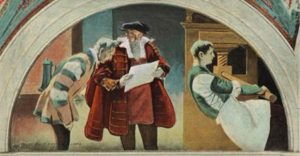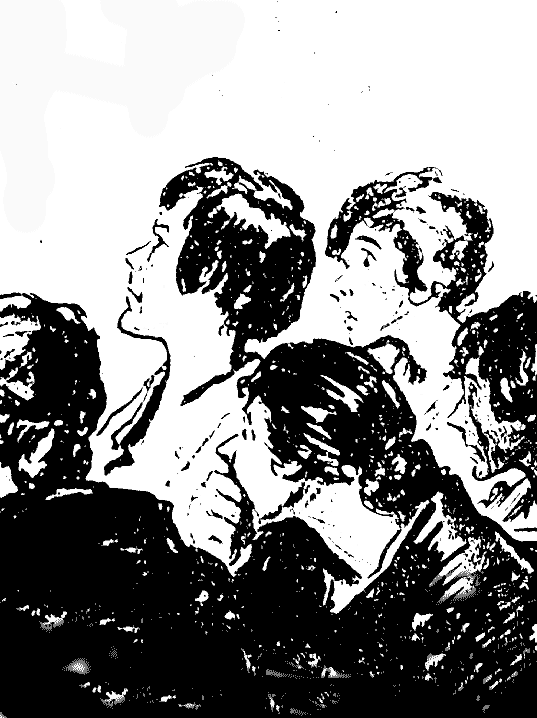
There is an endless fascination with Johannes Gutenberg, the impact of the printing press, and the town of Mainz, Germany where he grew up and began the world’s first major printing operation in the 1450s. You see it in the crowds making something of a pilgrimage to the Gutenberg Museum there, and you see it in the thriving city itself — the flower stalls, the cathedral, the students singing as they pedal the bicycle-powered beer wagons. Madhvi Ramani of the BBC captures this in a May 8, 2018 article, How a German City Changed How We Read, and quotes from my book Revolutions in Communication.
In his book, Revolutions in Communication: Media History from Gutenberg to the Digital Age, Dr Bill Kovarik, professor of communication at Radford University in the US state of Virginia, describes this capacity (for speeding up manuscript copying) in terms of ‘monk power’, where ‘one monk’ equals a day’s work – about one page – for a manuscript copier. Gutenberg’s press amplified the power of a monk by 200 times.
One monk or nun would take about two years to copy a 1,200 page Bible, but a crew of four typesetters and printers in Gutenberg’s printing ‘chapel’ (or workshop) could create 200 Bibles in three months. This was about 200 times the amount of pages as the monk or nun was able to create.
Historian Elizabeth Eisenstein noted that in Venice before printing, a monk might charge a florin for a hand copy of Plato’s Dialogues. After printing came to Venice, a printer might charge 3 florins for 1,200 copies of the Dialogues. This reflects an even higher amplification of monk power, to around 400 ‘monks,’ which would be expected given longer press runs and better organization in the chapel.
But as much as Venice captures the heart, Mainz captures the spirit of modernity that was encompassed in printing culture.

 Revolutions in Communication
Revolutions in Communication Mass Media & Environmental Conflict
Mass Media & Environmental Conflict